Colombia’s defense ministry said at least 34 soldiers were kidnapped in the southeastern province of Guaviare after clashes with a dissident faction of the former FARC rebel group. The troops were seized on Sunday in a rural part of El Retorno municipality while evacuating following a military operation that, according to officials, killed an EMC (Central General Staff) commander and 10 other fighters. On Tuesday, Defense Minister Pedro Sánchez called the detentions “an illegal, criminal action by people in civilian clothing” and stated plainly: “This is a kidnapping.”
Sequence of events and local conditions
Authorities described a two-stage sequence: first, the firefight in El Retorno with EMC elements—former FARC combatants who rejected the 2016 peace deal—then the soldiers’ capture as army units pulled back from the area. Sánchez said the group holding the soldiers is demanding the return of a slain rebel’s body taken to a morgue in the provincial capital. The location is a strategic corridor for drug trafficking with extensive coca cultivation, factors that Colombian officials routinely cite as drivers of armed group activity. The government maintains that civilian groups in parts of Guaviare act under EMC direction, complicating military operations and post-operation withdrawals.
Perpetrators, tactics, and the government response
The defense minister said villagers acting on rebel orders carried out the seizure and announced a $5,000 reward for information leading to the dissident commanders responsible. Bogotá’s position is that such incidents are planned by EMC leadership, which uses local civilians to impede troop movements or to force negotiations during and after operations. In recent years, troops in remote zones have at times been surrounded and held—by armed or unarmed crowds—until officials broker release, a practice the government also attributes to pressure from rebel leaders. In the Guaviare case, Sánchez said the military would “deploy all of its capabilities” to secure the soldiers’ freedom.
Pattern of mass detentions and recent attacks
The mass kidnapping follows a similar episode in June, when 57 soldiers were seized by civilians in a mountainous area of the southwest and held for two days. Officials identify these zones as hubs for coca production and staging areas for dissident factions that reject the peace accord. The Guaviare seizure also came on the heels of deadly attacks elsewhere in the country: a truck bomb detonated near a military aviation school in Cali, killing six and injuring 71, and a National Police Black Hawk helicopter was brought down by a drone in Amalfi, Antioquia, killing 12 officers. President Gustavo Petro blamed dissident FARC elements for the twin attacks. Despite the 2016 agreement that demobilized the main FARC organization, armed groups tied to drug trafficking, illegal mining, and other revenue sources continue to operate, a reality the government links to enduring violence in several departments.
Legal framing and status of the soldiers
Officials have consistently used the term “kidnapping,” differentiating these events from short-term “retentions” or crowd blockades sometimes seen during protests. Sánchez said the soldiers were captured while lawfully evacuating after a combat operation, and he emphasized that directing civilians to obstruct military movements is a criminal act under Colombian law. The ministry’s language signals an intent to treat the case within the framework used for hostage-taking by armed groups rather than as a public-order incident, and to pursue those it identifies as planners within EMC. While details of any contact with the captors have not been disclosed, the reward notice and the commitment to deploy “all capabilities” indicate a dual track of intelligence work and potential on-the-ground action to secure release.
Geography, logistics, and the EMC
Guaviare’s terrain—dense jungle and river networks—constrains visibility and movement for state forces and aids small-unit maneuvering by armed groups. The area provides access to smuggling routes that connect coca-growing zones to processing sites and on to corridors leading north and east. Officials identify EMC as the principal dissident network in this region, drawing on its legacy FARC command-and-control practices and financing, while relying on civilian interlocutors to complicate military action. In Tuesday’s briefing, Sánchez tied the Guaviare seizure directly to EMC influence and to the group’s intent to blunt recent operations targeting commanders and supply chains.
Historical context and security pressures
Colombia’s six-decade conflict has left more than 450,000 dead, and while the 2016 accord ended the FARC’s insurgency as a national force, multiple dissident structures remain. Government and independent reporting describe an environment in which drug trafficking, illegal mining, and extortion sustain armed groups that contest local control with the state and with each other. The Guaviare incident fits that pattern, with an operational clash followed by a large-scale detention of troops in a hard-to-access zone. Officials point to these episodes as evidence of coordinated civilian participation under rebel direction, arguing that it complicates both military logistics and any humanitarian efforts that might follow.
Comparisons and recent precedents
The June mass detention in the southwest and Tuesday’s events in Guaviare share core features: rural, coca-producing environments; dissident FARC presence; and the use of civilian groups to hold soldiers after a clash. In both instances, the defense ministry publicly asserted command responsibility by dissident leaders and framed the acts as kidnappings carried out by civilians under orders. The Guaviare case adds the element of a specific demand—the return of a body—alongside the government’s small reward offering, which is intended to generate tips about dissident commanders’ whereabouts and the chain of direction behind the incident.
What to watch next
Key markers ahead are straightforward. First, whether the captors permit access by humanitarian intermediaries or local officials and whether the “return of the body” demand becomes a formal negotiation point. Second, movement of military units and any reported results from the reward program or intelligence operations. Third, signs of spillover: road blockades, additional attacks, or parallel detentions in neighboring departments. The ministry’s stated intent to use all capabilities suggests pressure will be sustained in and around El Retorno, with the stated objective of freeing the soldiers and pursuing those directing the operation. As of the latest official accounts, at least 34 soldiers remain in captivity in Guaviare, their seizure tied by the government to EMC influence in one of Colombia’s key trafficking corridors.



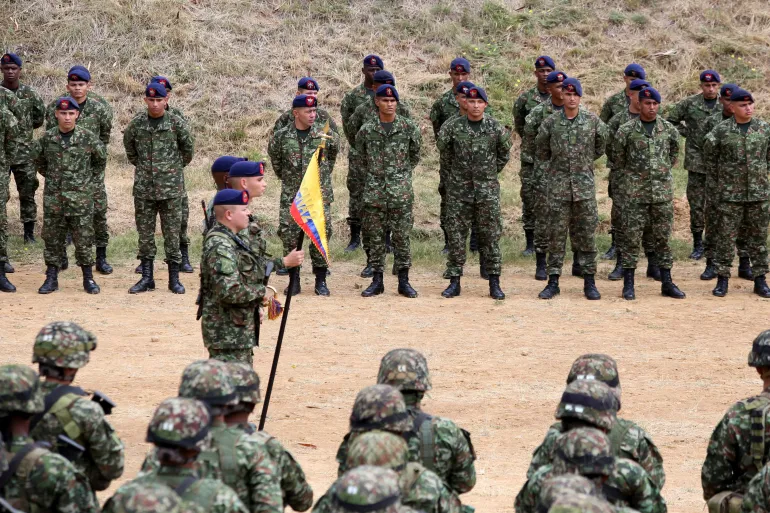
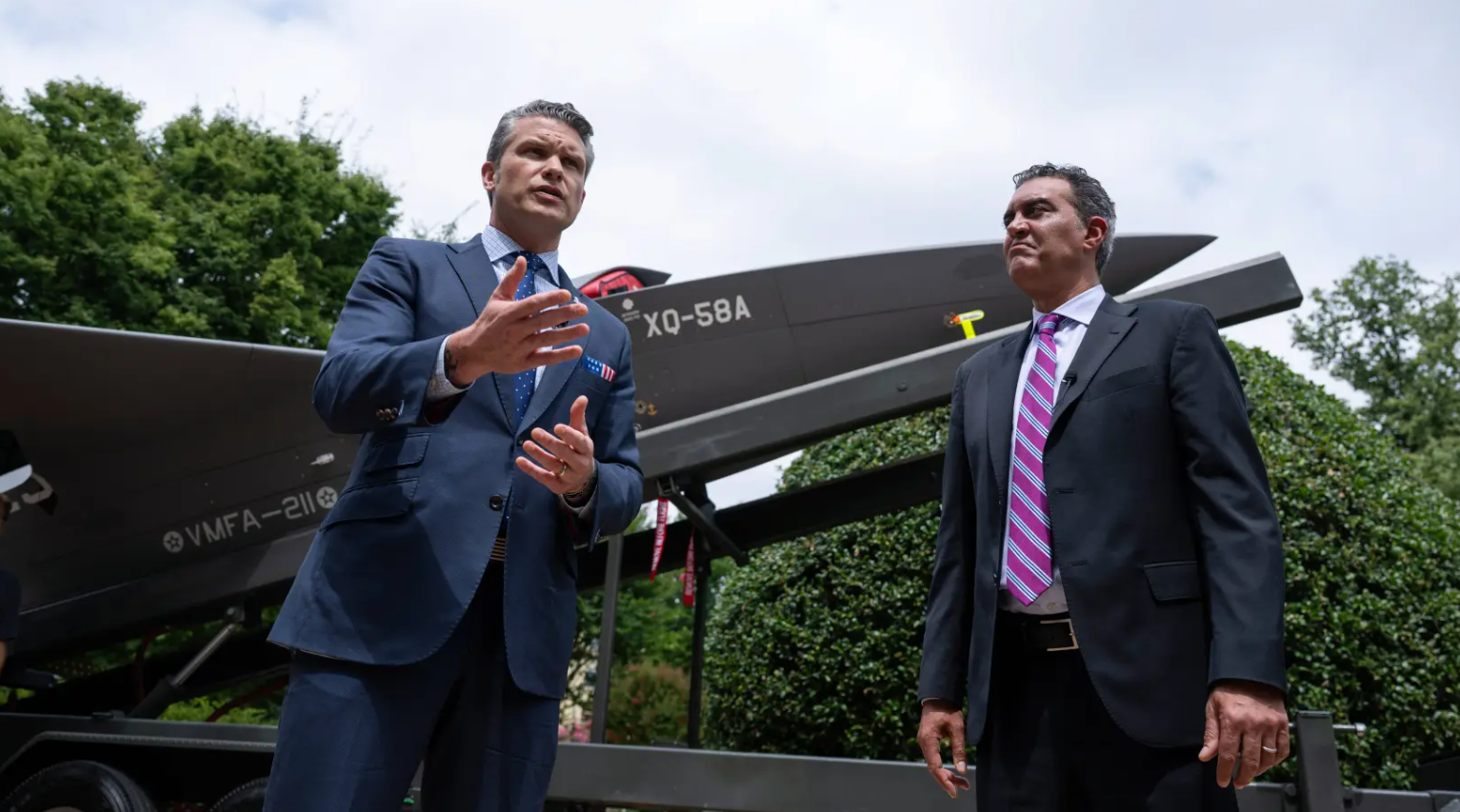


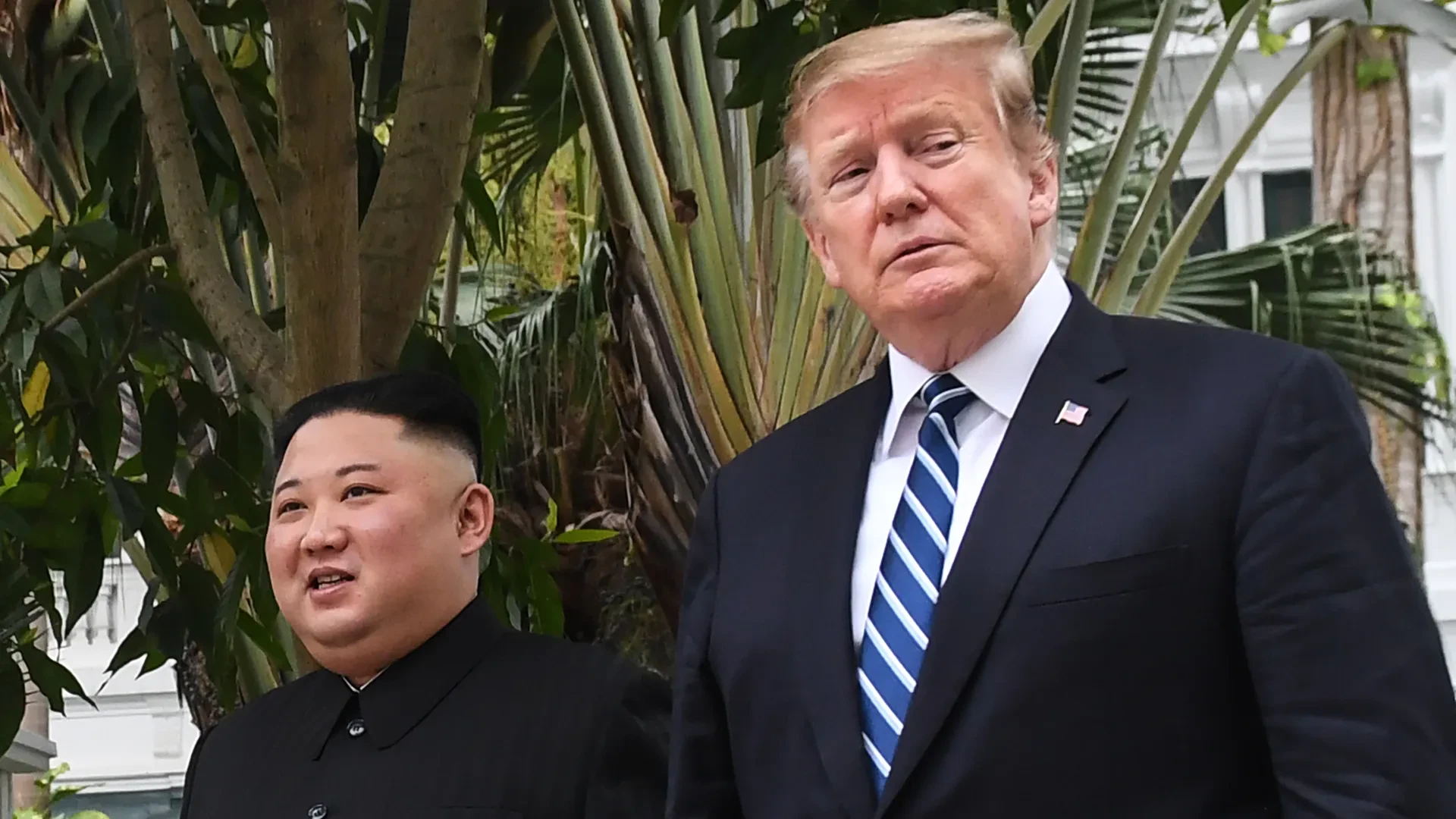
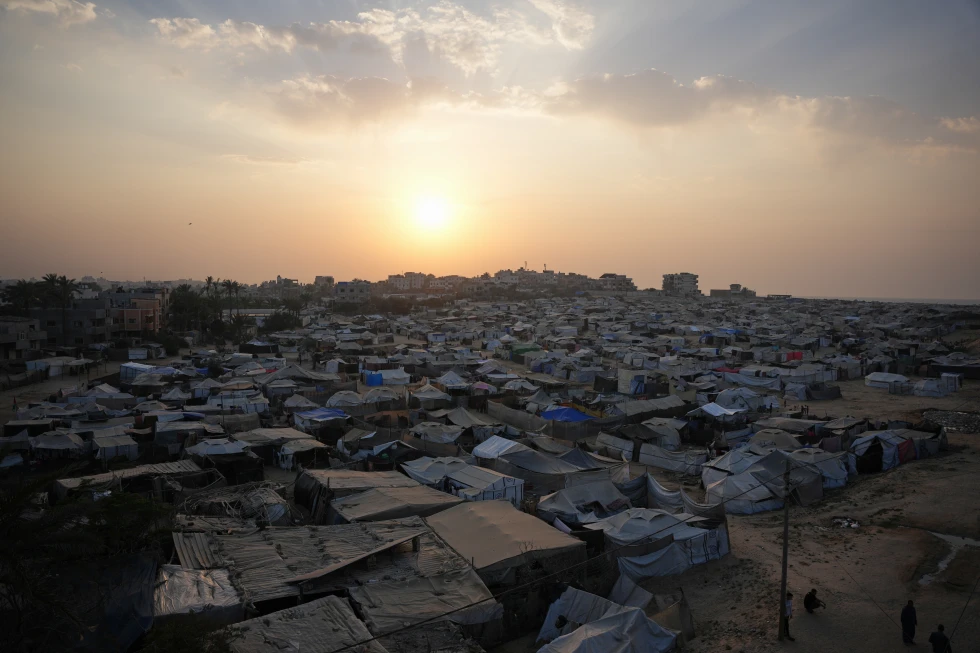
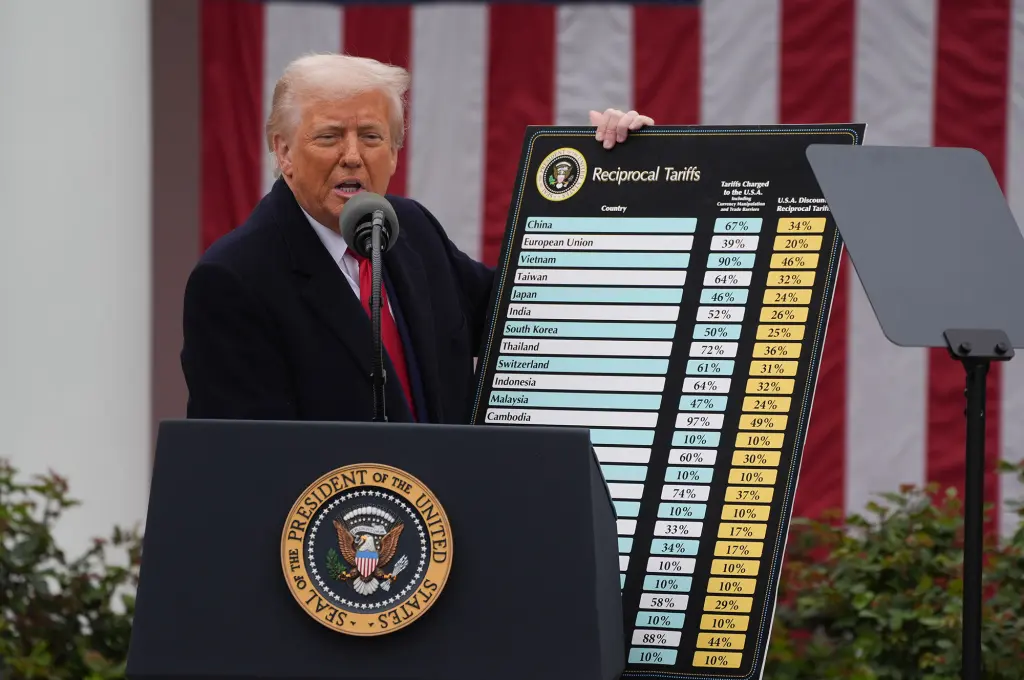
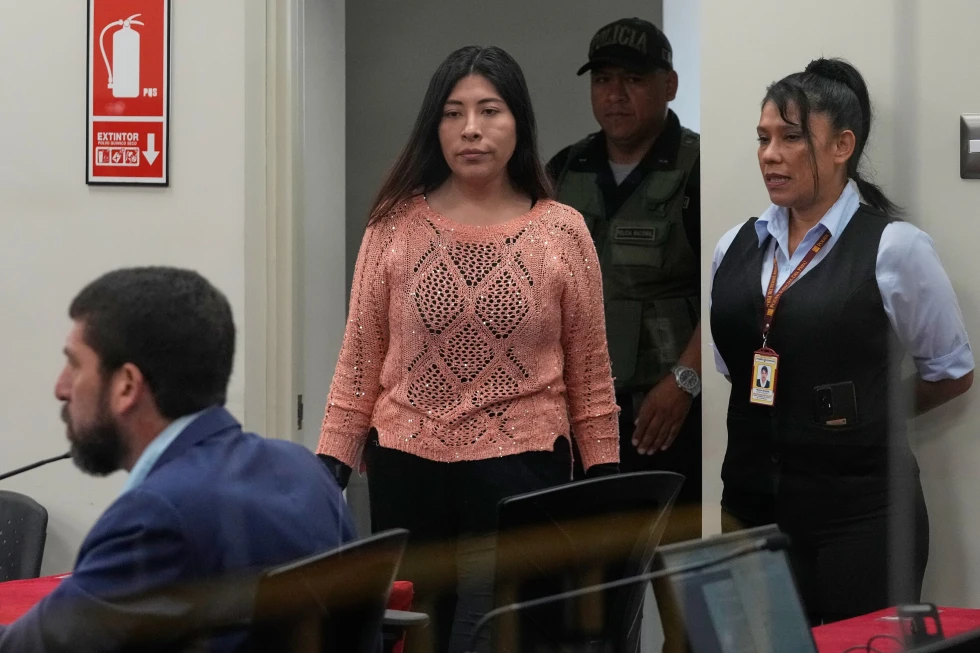
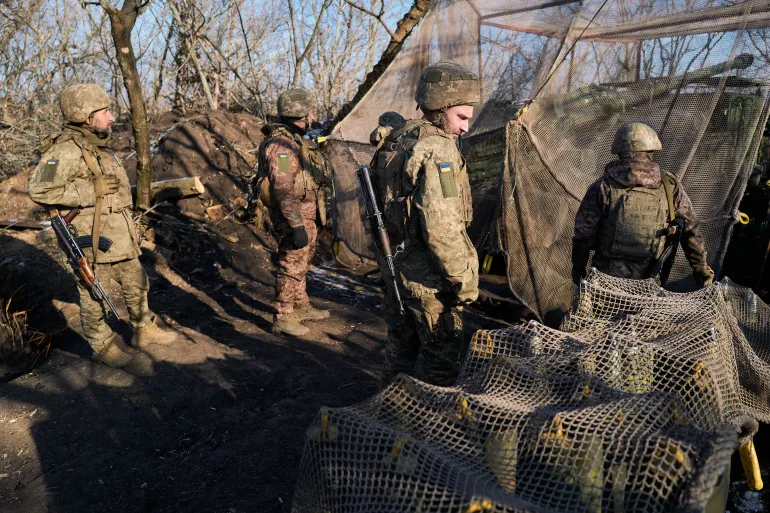

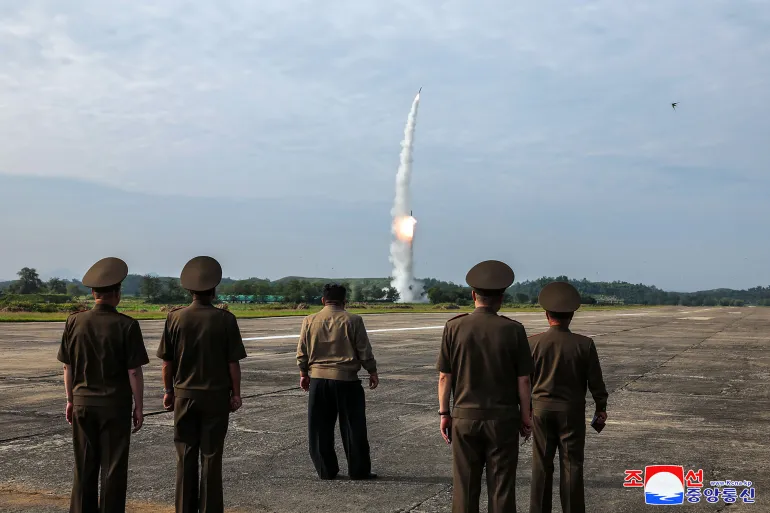

Discussion